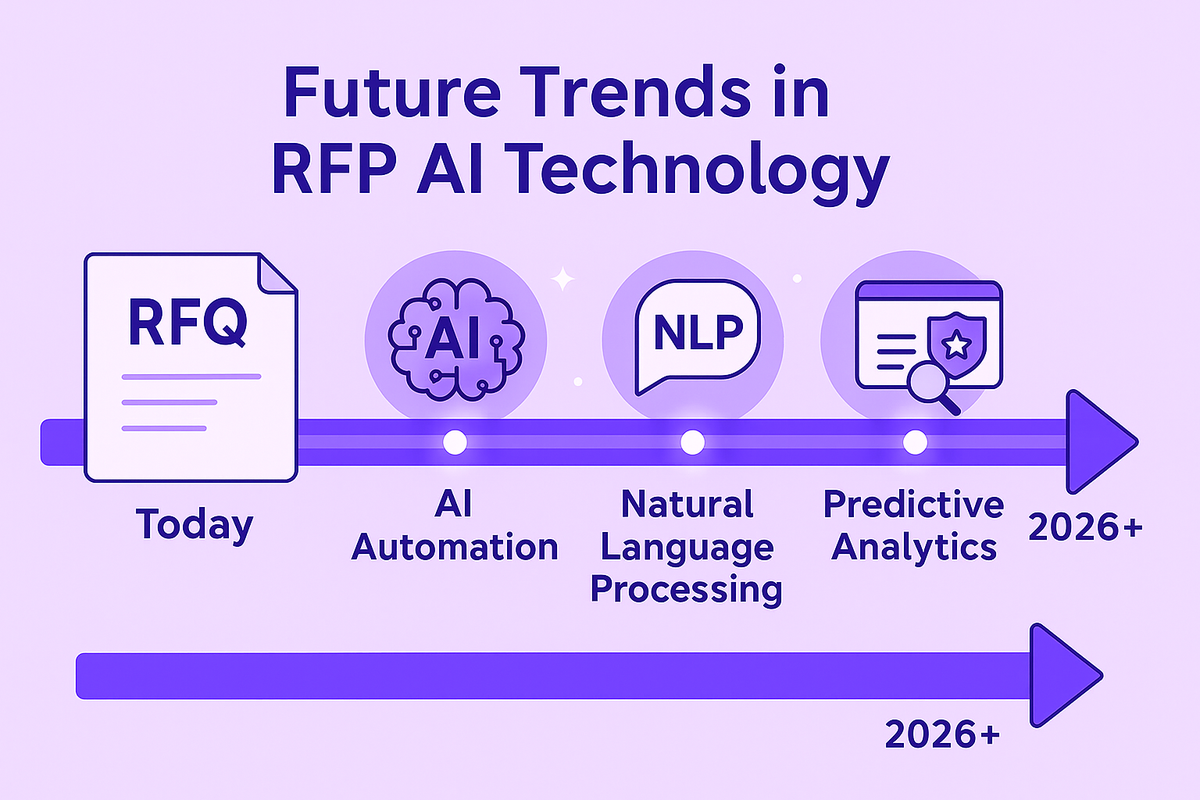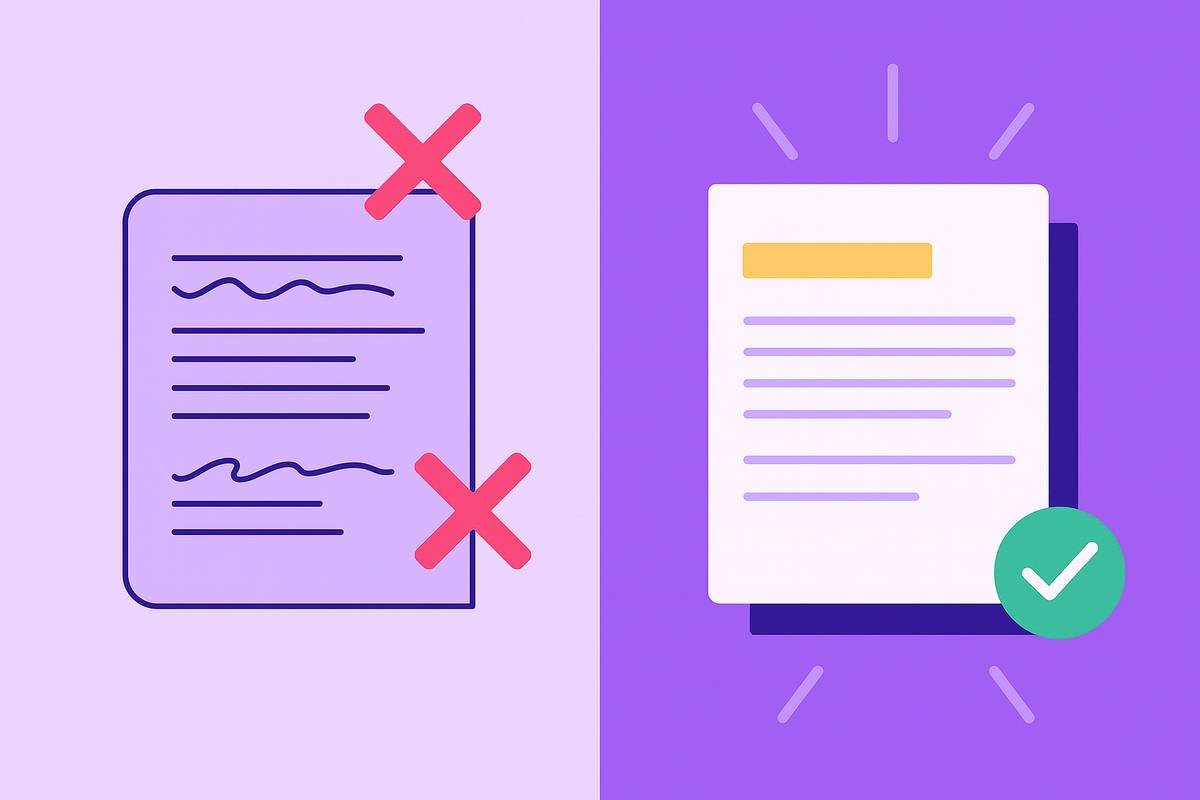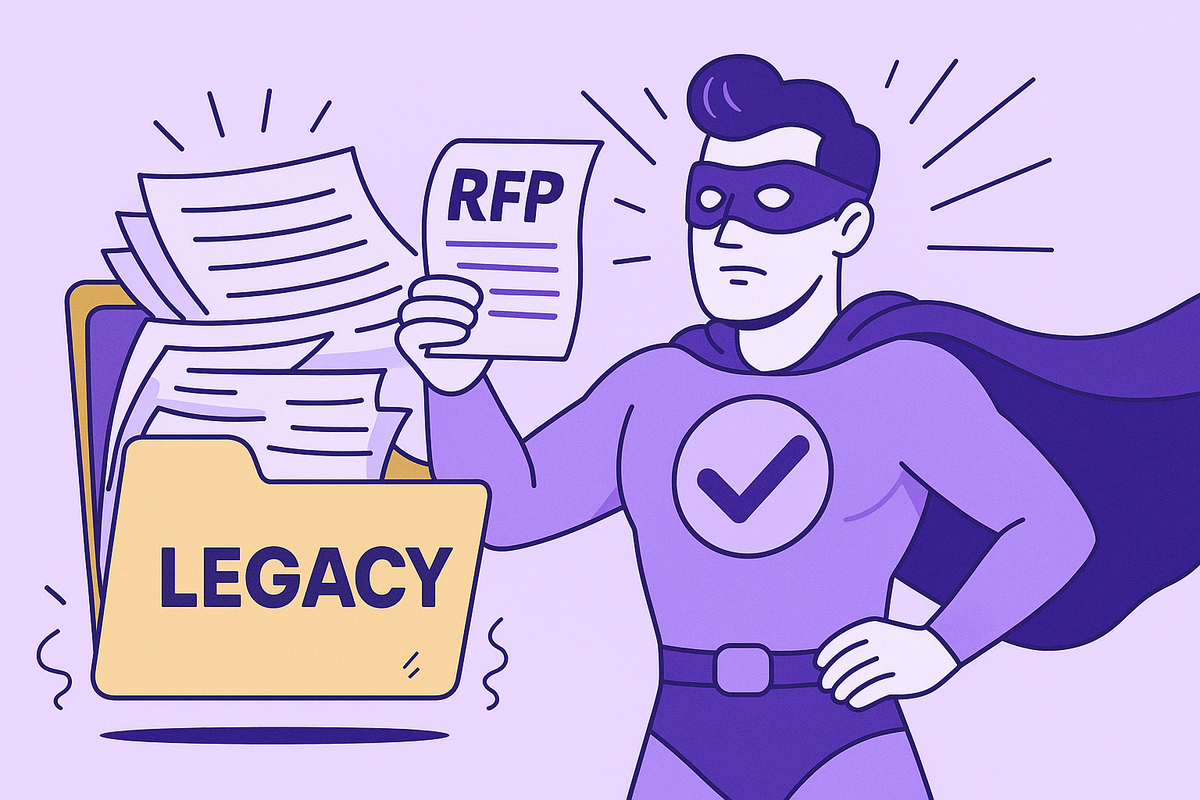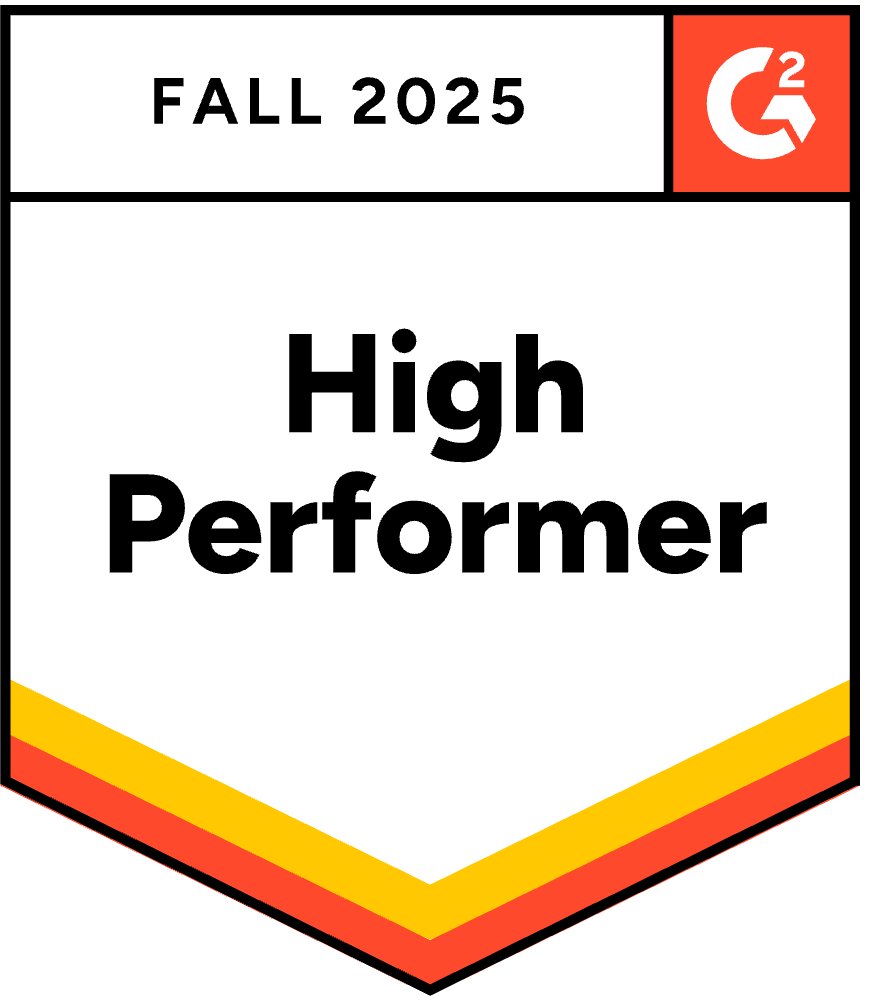The Problem with RFPs? We’re Breaking It Down at DemoFest
April 18, 2025
By
Ben Hills

When I first created Iris back in 2023, it was to solve a problem I kept running into—one I knew wasn’t unique to me. Around the same time, tools like ChatGPT were beginning to gain traction, and it became obvious: there had to be a better way to fill out RFPs. A way that didn’t rely on outdated content, awkward wordsmithing, or recycled language just to sound polished.
As Iris launched and the feedback started rolling in, it became clear we were on the right track. We weren’t just speeding up response times—we were giving teams back hours of their day, reducing stress, and solving a bandwidth issue that had been normalized for way too long.
On April 27th, I’ll be joining Glen Tipton from BuildOps at DemoFest to talk about exactly that—how AI is reshaping the RFP process, and the real impact it’s having on teams like his.
Before Iris: The Fire Drill Approach
Like many teams, BuildOps was flooded with RFPs during their busiest seasons. The process was reactive—more like a fire drill than a well-orchestrated strategy. RFPs felt like homework. Necessary, yes, but draining and disruptive.
Everything shifted when Glen's team adopted Iris.
They cut RFP response time by over 60%, turning chaotic, last-minute sprints into streamlined workflows. Now, they’re producing high-quality answers faster—and spending less time second-guessing or chasing down information.
That shift made one thing clear: the traditional, labor-intensive approach to RFPs just isn’t sustainable anymore.
The Bigger Trend: Why RFPs Are Having a Moment
In the last few years, RFPs have quietly become one of the most strategic — and misunderstood — parts of enterprise sales.
As buyer scrutiny increases and deal cycles stretch longer, more organizations are leaning on formalized procurement processes to ensure fairness, compliance, and risk management. According to Loopio’s 2024 Trends Report, RFP volume is up more than 41% year-over-year, with enterprise teams managing an average of 150+ requests annually.
The irony? Most teams are still managing them manually. Static spreadsheets. Disconnected Word docs. A patchwork of shared drives that leaves sales engineers, legal, and proposal managers chasing the same information over and over.
That’s where AI comes in. Instead of treating RFPs as admin work, companies are beginning to see them as data-rich, repeatable playbooks for revenue — an opportunity to understand buyer intent, identify competitive strengths, and build repeatable excellence into every response.
AI doesn’t just speed up the process. It redefines it — turning every RFP into a feedback loop for smarter selling.
So How Does AI Actually Help?
Let’s start with the obvious:
RFPs, DDQs, and security questionnaires are long, time-consuming, and often a huge drain on already stretched teams.
Iris changes that by:
- Importing your past RFPs and documentation
- Building a dynamic knowledge map of your organization’s expertise
- Generating tailored, brand-specific responses that align with your tone, formatting, and style
It’s not just about saving time—it’s about eliminating chaos.
For Sales Engineers, Integration Is Seamless
Sales engineers are already balancing deep technical accuracy with tight timelines. Iris doesn't require them to overhaul their process—it seamlessly integrates with their existing workflow.
With Iris, SEs can:
- Instantly pull from a centralized bank of pre-approved answers
- Assign and review content directly in tools they already use—like Slack, Chrome, and Salesforce
- Tag the right SMEs without confusion over ownership
- Generate technical responses that meet brand standards—without needing to rewrite from scratch
No more bouncing between stale docs, old decks, or inbox rabbit holes. Iris puts the right answers at their fingertips—accurate, compliant, and ready to send.
The more your team utilizes it, the more intelligent it becomes. Every RFP response improves the next.
Let’s Talk About It Live at DemoFest
At DemoFest, Glen and I will break all of this down:
- How AI-powered workflows are helping teams reclaim their time
- How to implement tools that align with technical workflows
- How to turn reactive response chaos into a repeatable, strategic advantage
You'll hear firsthand:
- How BuildOps cut RFP response time by 60%
- What seamless AI integration looks like inside real SE workflows
- Why the "fire drill" approach is finally being phased out
👉Sign up to attend DemoFest and hear the full story.
A Call to Reevaluate the RFP Process
If the way you handle RFPs today still feels like a fire drill, it’s worth asking why.
For most teams, the problem isn’t effort — it’s structure. RFPs have been treated as a cost of doing business instead of a source of competitive advantage. But when your process is reactive, you lose control of the story. You spend time responding instead of selling.
That’s exactly what AI changes.
With a system like Iris, you can move from:
- Manual to measurable — every response tracked, analyzed, and improved over time
- Reactive to predictive — qualifying RFPs before they drain resources
- Chaos to clarity — with the right people, answers, and approvals in one place
Teams that make that shift don’t just respond faster — they win smarter.
So here’s the real question:
What could your team achieve if responding to RFPs took hours, not days?
If your answer is “a lot more,” it might be time to rethink your process.
👉 Request a demo and see what happens when RFPs stop being a fire drill — and start becoming a growth driver.
Share this post
Link copied!



















